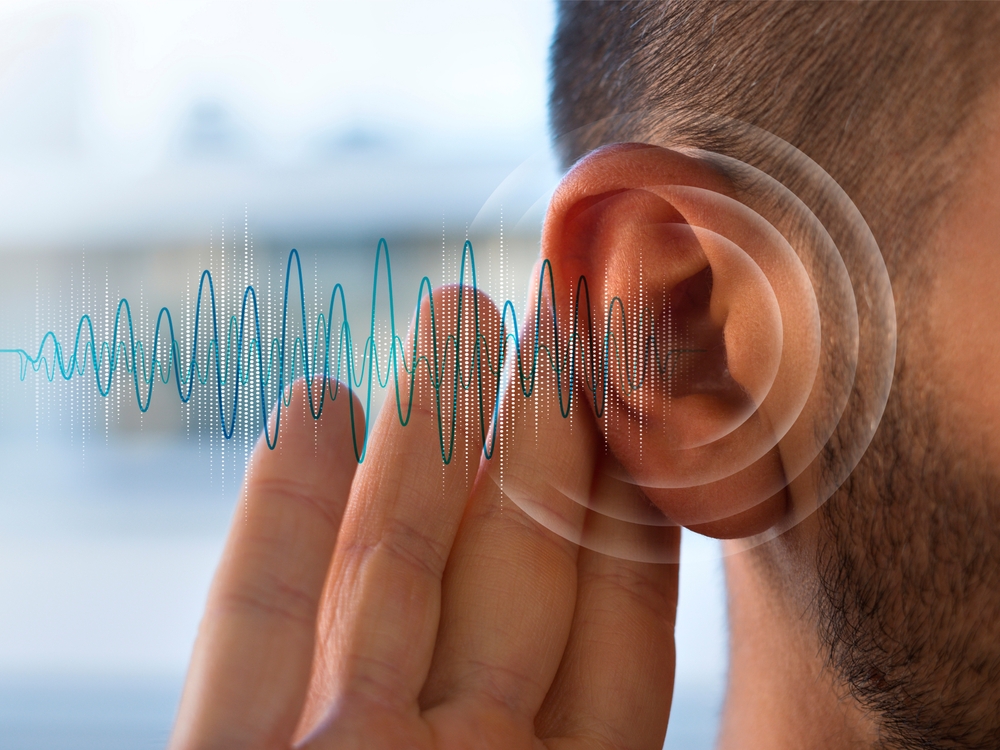
In the hustle and bustle of day-to-day life, our ears frequently bear the brunt of neglect and inadvertent harm. From the allure of ear candling to the apparently harmless act of using cotton swabs, our hearing health can suffer from these common yet hazardous practices. Below, we explore four essential ways to safeguard your sense of hearing and keep your ears healthy.
Ear candling is a no-no
Ear candling, an ancient technique purported to draw out earwax and promote ear health, has gained popularity in spite of lacking scientific merit. The process involves inserting a hollow candle into the ear canal and igniting the opposite end, with the idea that a vacuum is created, pulling out impurities. However, numerous studies have debunked this practice, emphasizing its ineffectiveness and potential risks.
You could be putting your hearing in peril by using a practice that won’t even eliminate any earwax. The application of heat near the delicate structures of the ear can result in burns, perforated eardrums, and even aggravate existing issues. Normally, if you notice any wax after ear candling, it will be from the candle itself rather than your ears.
In light of these findings, medical professionals universally warn against the use of ear candling. Both the Food and Drug Administration (FDA) and the American Academy of Otolaryngology (AAO) caution against this practice, emphasizing safer alternatives for ear hygiene.
Banish the cotton swabs
It’s true that lots of individuals turn to these seemingly innocuous tools to clean earwax out of their ears. But there are more dangers than benefits to inserting a cotton swab into your ear canal. Impaction and possible injury can be the outcome of using cotton swabs rather than actually cleaning out earwax.
The fragile nature of the eardrum makes it susceptible to damage from outside objects, including cotton swabs. Pain, infection, and hearing loss can all be the results of perforations or abrasions of the eardrum. To prevent these complications, it is beneficial to steer clear of inserting any objects into the ear canal and instead rely on the ear’s self-cleaning systems or seek professional assistance if necessary.
Keep volumes to a minimum
In a progressively noisy world, our ears are constantly inundated by sounds of differing intensities. From busy city streets to recreational activities such as concerts and sporting events, exposure to loud noise is ubiquitous. Nevertheless, sustained or excessive exposure can have detrimental effects on auditory health, resulting in noise-induced hearing loss or tinnitus.
To decrease the threat of hearing damage, it is critical to be conscious of sound levels and take proactive measures to protect your ears. Whenever you can’t steer clear of very loud noise, protection such as earplugs and earmuffs should be utilized.
In addition, when using personal audio devices, like headphones or earbuds, retaining a moderate volume and taking regular rests can help maintain hearing health.
Listen to your ears: act quickly on symptoms
Taking fast action when your ears begin to tell you that you’re starting to encounter some degree of hearing loss is essential to protect your ears from damage. If you wait to get your hearing loss treated you will most likely worsen the issue.
It is imperative to recognize common signs of hearing impairment, such as difficulty understanding speech, ringing or buzzing in the ears (tinnitus), or a feeling of fullness or pressure in the ears. Schedule an appointment with us as soon as possible if you experience any of these symptoms. Your hearing outcomes as well as your quality of life will be substantially enhanced by early detection and intervention.
In conclusion, the health and well-being of our ears are paramount in navigating the sensory landscape of our lives. By adopting these four strategies, avoiding ear candling and cotton swabs, protecting against loud noise, and understanding early warning signs, we can preserve our precious sense of hearing and enjoy the symphony of sounds that enhance our existence.
Call us today for an assessment if you are suffering from ear damage or hearing loss.
